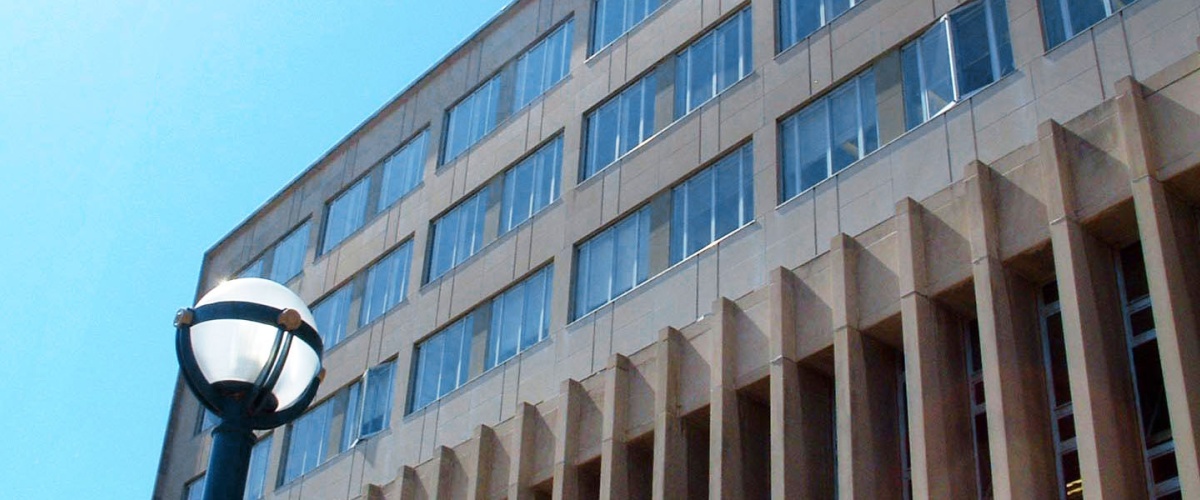My response to Paul Fanlund
postedHere's my response to Paul Fanlund, posted online in today's Cap Times.
'Two cities' issue centers around who can afford housing
Paul Fanlund is right. Madison is “two cities” ("Does zoning furor suggest Madison is becoming two cities?” March 25). That’s why we have people yelling at each other and at city officials in public meetings.
But the divide is not, as Fanlund claims, between longtime residents who are “traditionally liberal” and a brash new brand of “younger political activists … who wish to make-over Madison with a version they prefer.” No, the divide is between people who can afford to live in Madison and those who cannot.
I’m among the former, a longtime resident and homeowner on the near west side. I have a master’s degree in applied economics, but one doesn’t need an advanced degree in the “dismal science” to understand simple supply and demand.
Our rapidly rising housing costs are due to a severe housing shortage. We are blessed with a vibrant local economy. Businesses are hiring. Our population is growing at a rapid rate, with 100,000 new residents expected here by 2050.
We can’t build a moat around the city and tell newcomers not to come. They are coming. If we don’t add a lot more housing, the excess demand will continue to drive up housing costs.
It’s already happening. A year ago, we learned Madison’s rents had increased by 14.1% over the previous 12 months, the highest of any major city in the country, punctuating, in alarming fashion, our housing crisis.
In fact, what we’re facing is more than a crisis — it’s a dire emergency. The city is seeing a decline in lower-income households. Our teachers, nurses and first responders are moving to the suburbs where rents are more affordable. Many still work in the city, adding to congestion on the Beltline as they commute to work.
At the same time, increasing numbers of high-income households are moving here, competing for high-end and middle-tier housing, and driving up housing costs.
Our rental vacancy rate is 3.6%, the third lowest in the country, behind New York and Providence. Hence, the argument for building more rental housing at all price levels — a shortage of market-rate units relative to demand, for example, drives up the prices of those in the next tier.
The shortage is not just at the top. Last year’s "Housing Snapshot Report" states that 11,000 low-income households in Madison currently are “renting up” and over 13,000 high-income households are “renting down.” In other words, our housing market is squeezed at both ends due to a shortage of market-rate and income-restricted units.
Nearly half of all Madison renters are rent-burdened, paying over 30% of their income in rent, and a quarter are severely rent-burdened, paying over 50%.
The Madison Metropolitan School District reports that housing insecurity is trending upwards, with increasing numbers of families “doubling up,” and the children in these families are struggling in school.
This is not new information. So how is it that the publisher of Madison's progressive paper is so stubbornly ignorant of these facts?
If we don't address our housing crisis as a five-alarm emergency, we cannot begin to get a handle on the other challenges our city is facing.
We are indeed “a tale of two cities,” with a troubling racial divide, a matter the Cap Times has admirably covered in its strong support of Alex Gee’s Justified Anger program.
Yet our city is no longer affordable to the average Black family and too many are moving out.
Maintaining the status quo and not adding appropriate density and infill means our two-city racial divide will persist. Madison will continue to be segregated to an extreme degree as the racial wealth gap ensures the burden of high housing costs falls disproportionately on the shoulders of people of color.
The reflexive opposition to density and infill on the part of older and wealthier residents in our city runs counter to the reality of our severe housing shortage and its dire impacts on those of more modest means.
Identifying potential sites to tuck in infill at some future date, as proposed in the Draft West Area Plan, or upgrading a neighborhood still designated as rural to urban, is not a “sneak attack” on anyone. Rather, it’s part of an essential debate about how best to manage our city’s growth.
This is a challenge that the people of Madison can solve only if we work together. Voices from all sides must be heard, as voice is definitive of participatory democracy.
But voice does not mean veto.
Perhaps those yelling the loudest should remember that.

